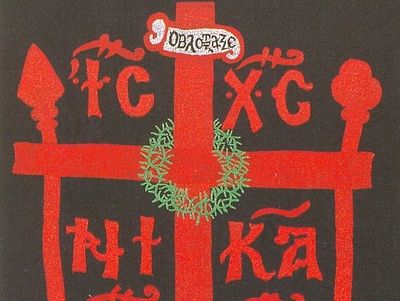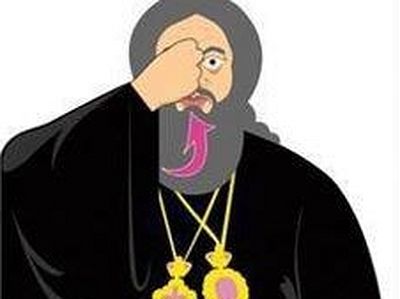Source: St.Elisabeth Convent
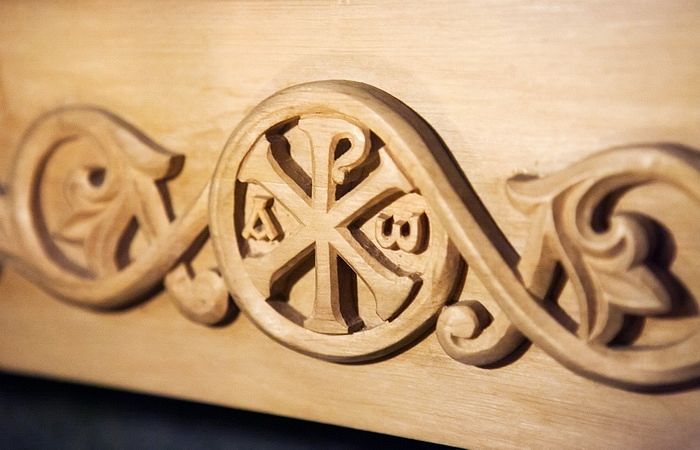
Today every Orthodox Christian wears a cross. It is not just the sign, which demonstrates our faith and religion, but it is the symbol of God’s victory over evil and death. The cross reminds us about the sacrifice, which God made for our salvation.
Perhaps, the eight-pointed Orthodox cross is most usual and familiar to us. But there are a lot of other variations of the cross known in the Orthodox tradition. Let us see, what they are.
1. Egyptian hieroglyph “Anch”
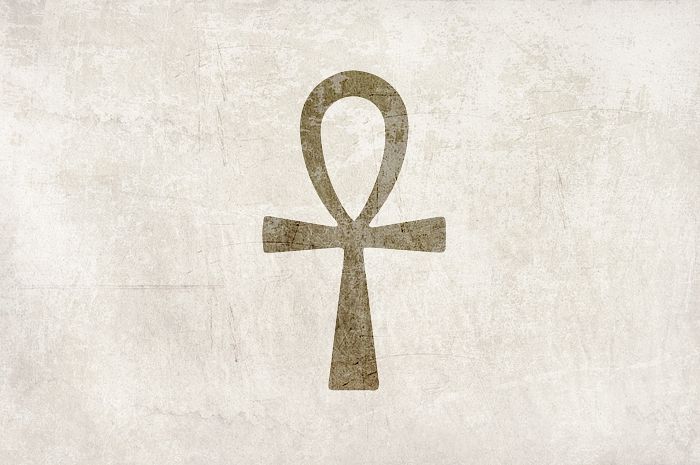
Since the first centuries of Christianity people used the Egyptian hieroglyph “Anch” as a symbol of the cross, because it had the similar shape. The meaning of “Anch” is “life”. “I am the resurrection, and the life” (John, 11:25).
2. Cross-anchor
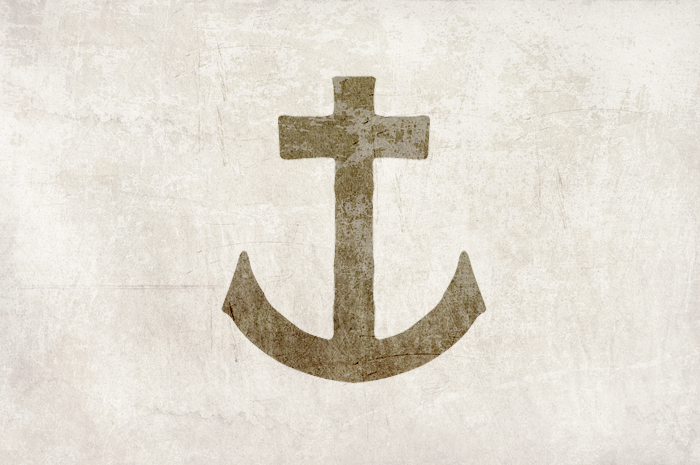
In the Epistle to the Hebrews Apostle Paul says: “That by two immutable things, in which it was impossible for God to lie, we might have a strong consolation, who have fled for refuge to lay hold upon the hope set before us: Which hope we have as an anchor of the soul, both sure and stedfast, and which entereth into that within the veil” (Hebrews, 6:18-19). This anchor of hope is the cross.
As anchor looks like a cross, it became the symbol of hope for salvation and eternal life. According to the book “Christian symbolics” by Alexey Uvarov, a famous archeologist, in some ancient Roman caves people found plates without any inscriptions but with the signs of an anchor.
3. Cross “Vine”
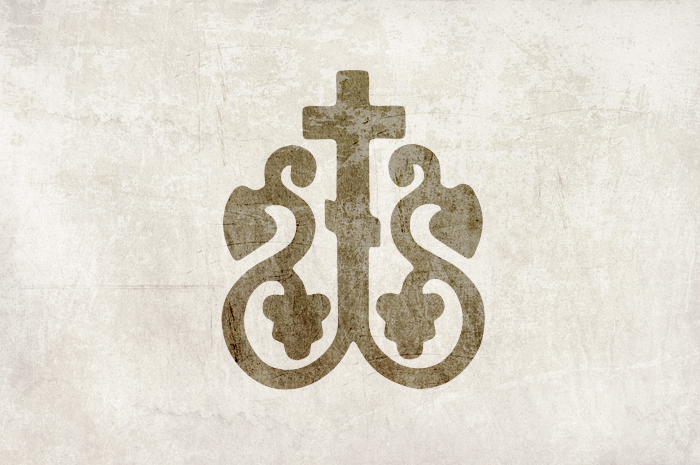
As Christ said: “I am the true vine, and my Father is the husbandman” (John, 15:1). The main value of vine is its connection with the Holy Communion.
4. T-Cross
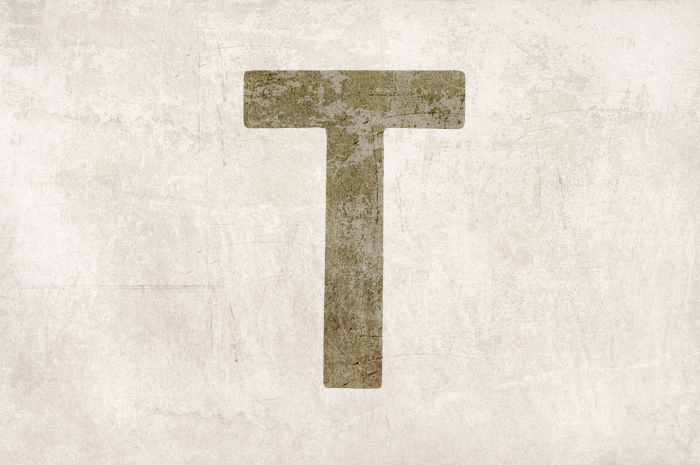
In the Roman Empire the outlaws were executed on special “Egyptian” crosses. Those crosses looked like the letter “T”. Saint Dmitry of Rostov writes, that Saint Prophet Ezekiel had a vision in which he saw, that God’s Angel marked people of Jerusalem with letter “Tau” in order to protect them from danger (Ezekiel, 9:4). According to tradition, Saint Antony the Great wore a Tau-cross on his clothes .
5. Monogram “Staff of Christ”
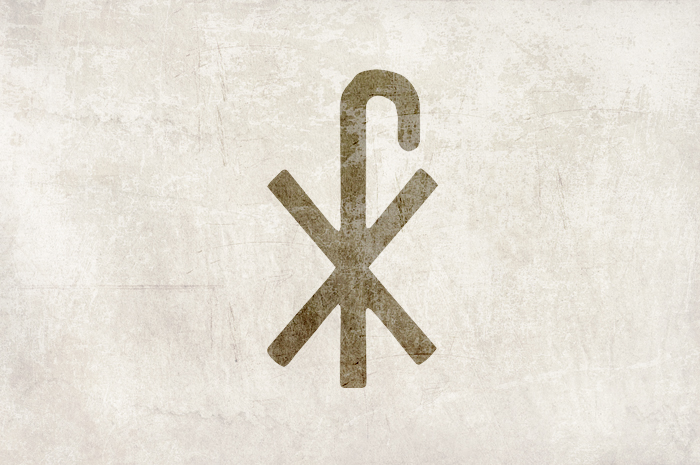
In Roman catacombs archeologists found some images: the staff of a shepherd crosses the letter “X”, which is the first letter of Christ’s name in Greek language, so that together they make up the monogram of the Savior, Christ the Shepherd.
6. Cross with half-moon
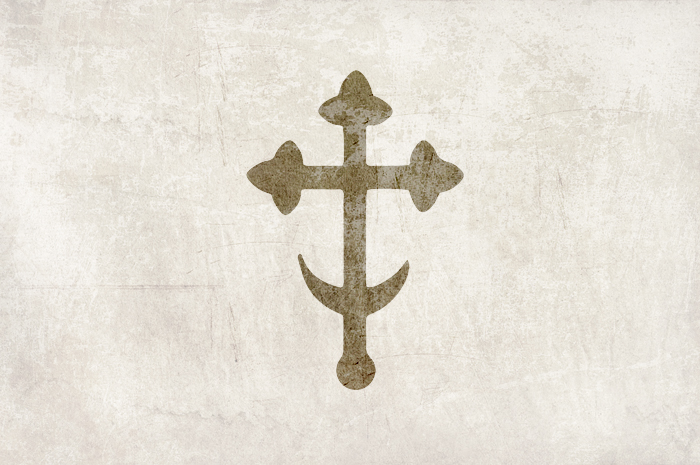
In the Book of Revelation it is said: “And there appeared a great wonder in heaven; a woman clothed with the sun, and the moon under her feet” (Revelation, 12:1). The Holy Fathers say, that in this case the moon symbolizes the baptistery, in which the Church is baptized. Another meanings of the half-moon are the cradle in Bethlehem, the chalice with the Body of Christ. It also symbolizes the ship of the Church led by Christ, and the anchor of hope gifted by Christ.
7. Botonee Cross
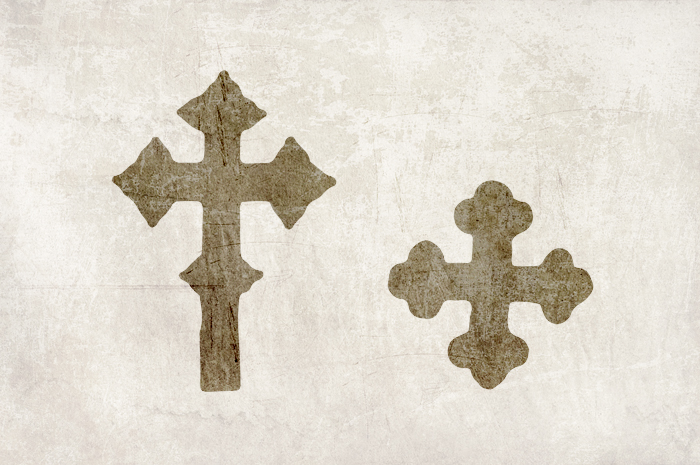
In Russia this type of cross was used in making table crosses more often than any other type. You can see such a cross on various Russian state symbols and emblems of Russian cities.
8. Cross with petals
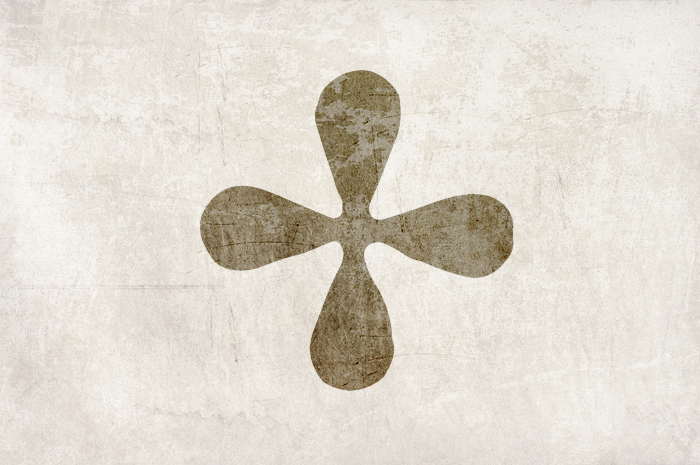
In Church visual art we can often find the crosses with petals. For example, we can see such a cross on the omophorion of Saint Gregory Thaumaturgus, depicted on the mosaics in Saint Sophia's Cathedral in Kiev.
9. Cross with drops
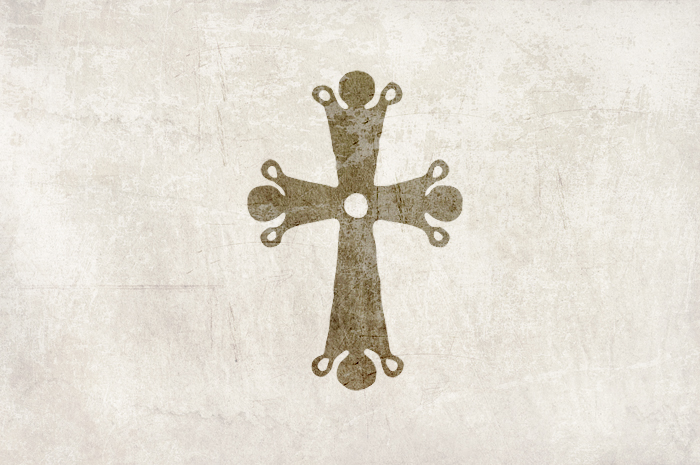
The four drops on the edges of the cross symbolize the drops of Christ’s blood, which besprinkled the Cross during the Crucifixion.
10. Apostle Andrew's Cross
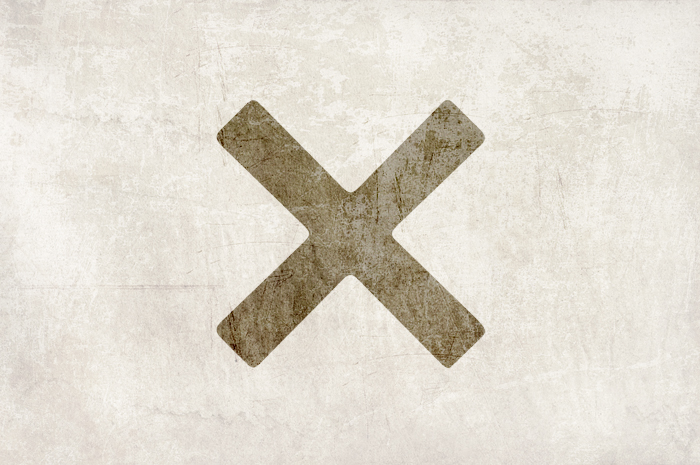
Since the 2nd century the Greek letter “X” was used in different monograms. Not only because it was the first letter of Christ’s name, but also because Apostle Andrew ended his life on such a cross. That is why it was called the cross of Saint Andrew.
In the 18th century Emperor Peter the Great wanted to emphasize religious difference between Orthodox Russia and the West. He placed the Cross of St. Andrew on the Russian state emblem, on his own seal and on the flag of the Russian fleet.
11. Cross with intersections
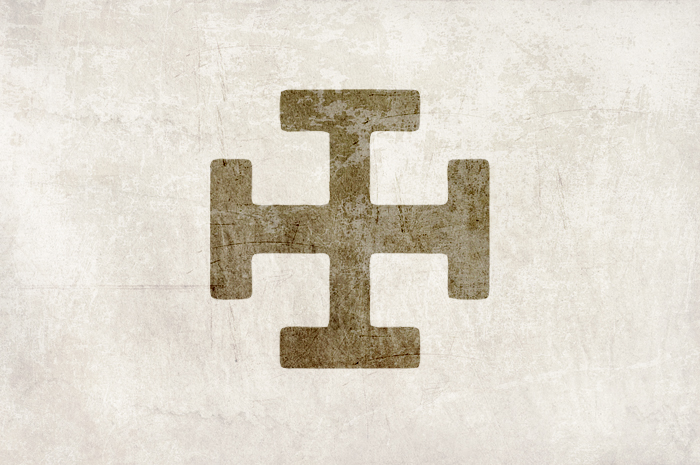
This type of cross is widely used in church decorations, liturgical items and on vestments of the clergy – especially on the omophorions of the three Holy Hierarchs.
12. “Greek” Cross or ancient Russian “Korsun” Cross
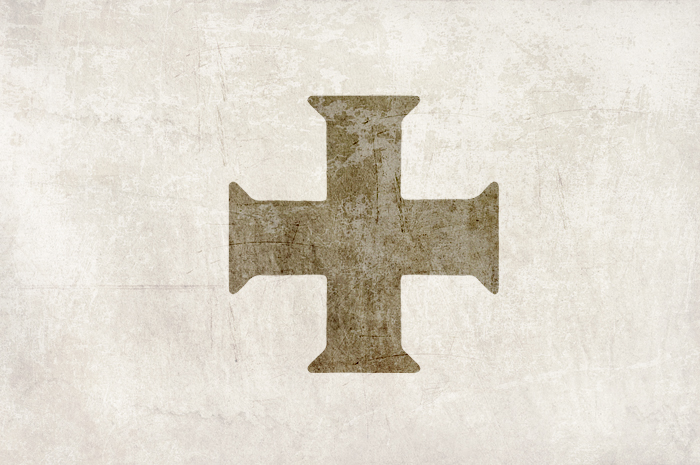
According to the tradition, Saint Prince Vladimir was baptized in the city of Korsun. He brought a “Korsun” Cross from there and placed it on the bank of the river Dnieper in Kiev. The cross is kept now Saint Sophia's Cathedral in Kiev. It was carved on the marble plate of Prince Yaroslav’s grave, the son of Saint Vladimir.
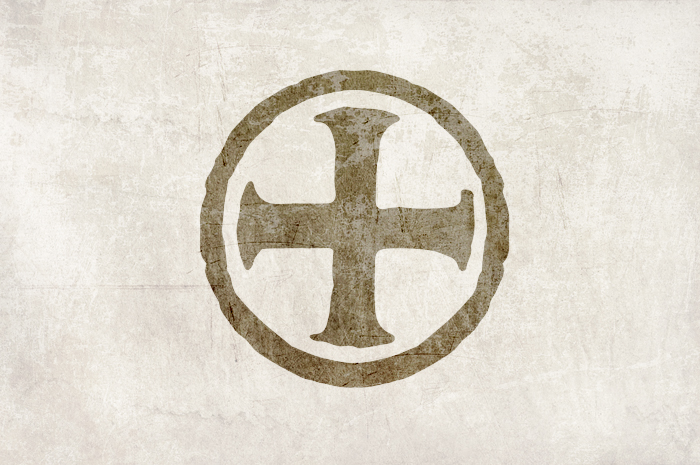
Quite often this cross is painted inside a circle, which symbolizes the universal meaning of Christ.
13. Cross “the Monogram of Constantine”
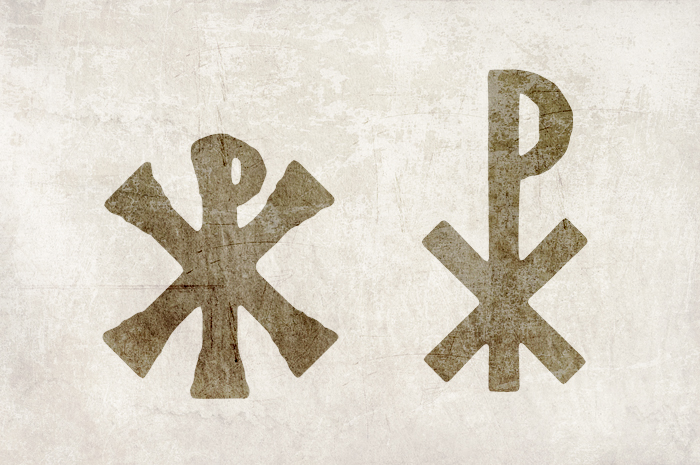
In the book “The life of Saint Constantine”, Eusebius Pamphili, a famous Church historian, described a dream, which Saint King Constantine had once seen: he saw the sign in the sky. Then Christ appeared to him and ordered to make the same sign and use it to protect his people from enemies. Constantine obeyed and made up a standard. Eusebius Pamphili gave its description: “…a golden spear was joined with a yard so that they make up a cross. There was also the sign of salvation – two letters showed the name of Christ, and the letter “P” was written in the center”. Later the king wore that monogram on his helmet.
14. Catacombal Cross or “the Sign of Victory”
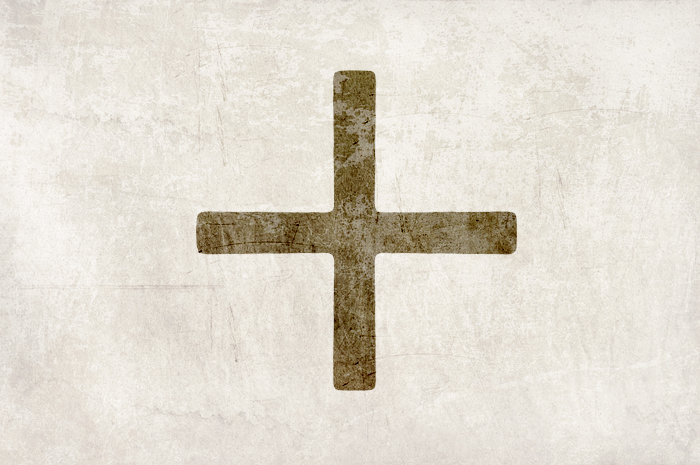
Archimandrite Gabriel writes, that in ancient catacombs and on various ancient monuments the four-pointed Crosses were used most of all. That type of Cross became even more important for Christians, when God Himself showed it them in the sky. On October 28, 312, Saint King Constantine was going up against Roman emperor Maxentius. Before the victorious fight, the king saw that four-pointed cross in the sky with the inscription “ΤΟΥΤΟ ΝΙΚΑ” (“In this sign you will conquer”).
The article is based on the work by Kuznetsov V.P. “The History of development of the shape of the cross. A brief course of Orthodox stavrography” (Almanac «Жизнь вечная», Moscow, 1997).


